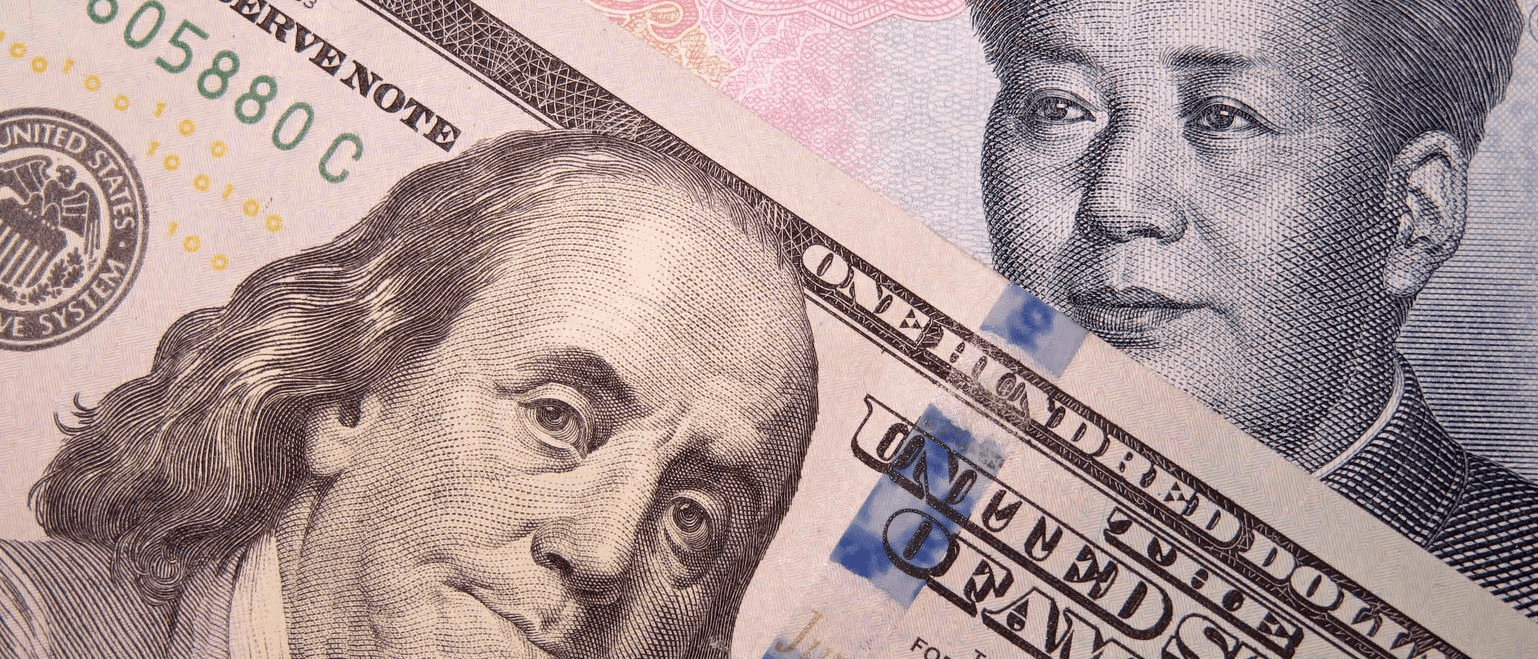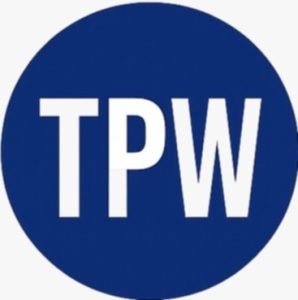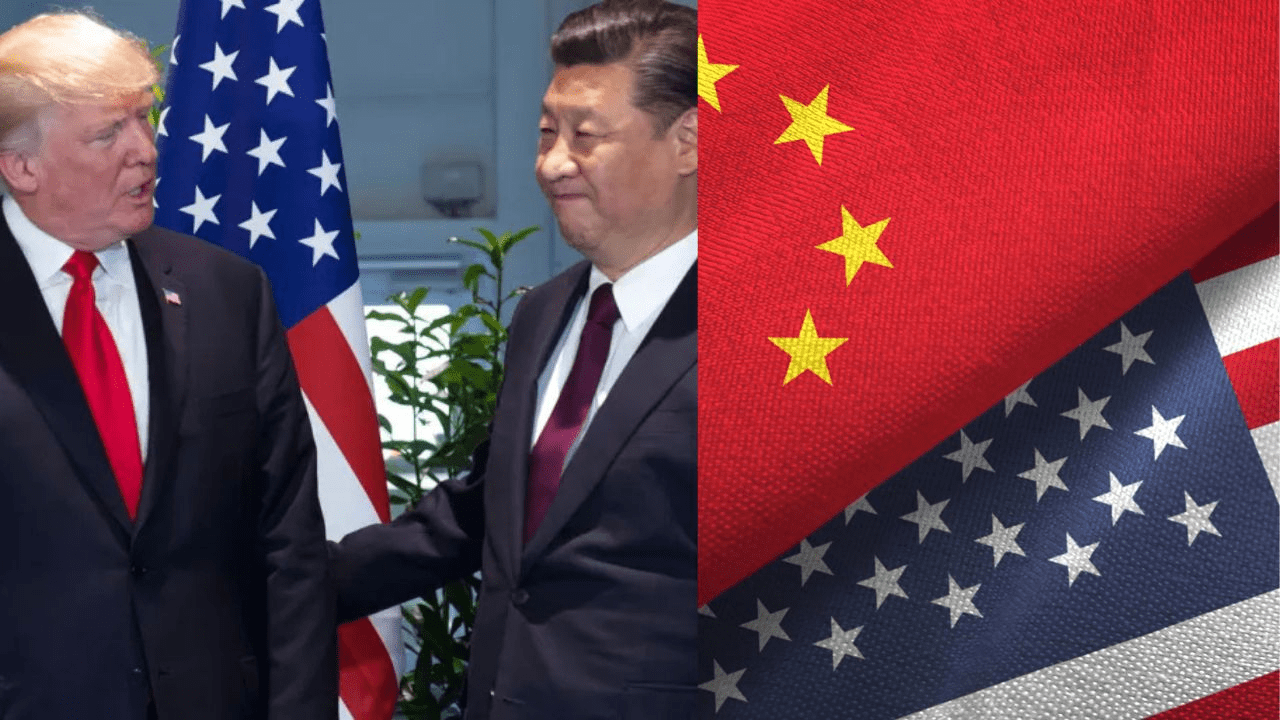Signals of tariff thaw and market jitters
Washington and Beijing are nudging toward a pause in their tariff fight, according to fresh reporting that details behind-the-scenes efforts to dial down tensions. Officials on both sides have weighed sanctions and export controls, but recent messaging has shifted toward preventing further escalation. That recalibration follows weeks of volatile trading and pressure from multinational firms that rely on cross-Pacific supply chains. Any stabilization, even temporary, would be a relief to manufacturers facing rising input costs and shifting rules on chip and equipment sales. Investors are tracking whether rhetoric translates into concrete steps such as targeted license approvals or the shelving of new duties.
The immediate market reaction has been cautious optimism. U.S. indexes, led by tech, rallied earlier this week as traders bet the White House would resist fresh penalties while Beijing curbs retaliatory measures. Analysts warn the détente could prove fragile: campaign politics, national-security reviews and election-year pressures can quickly undo tentative progress. Yet the fact that senior officials are discussing off-ramps at all marks a change from the tit-for-tat salvos that dominated much of the year. If both sides can lock in limited confidence-building moves—like expedited export waivers for legacy chips or clearer guidance on outbound investment rules—boardrooms may regain enough predictability to plan capital spending into 2026.

What a cooler trade climate would and wouldn’t do
Even with calmer headlines, deep structural risks remain. The U.S. is still reviewing outbound investment screens for advanced AI, quantum and semiconductor tools; Chinese authorities continue to tighten data-security and counter-espionage enforcement. Those long-running shifts are driving a broader decoupling in sensitive tech, with companies pursuing “China plus one” manufacturing maps and splitting product lines by region. Economists say any ceasefire is more likely to cap downside than to unlock a full rebound in trade flows. Supply chains have already rerouted in electronics, solar and automotive components, often through Southeast Asia and Mexico.
For markets, the next test will be whether dialogue produces timelines. Portfolio managers want durable markers—set dates for policy reviews, explicit carve-outs for specific goods, or joint working groups that publish updates. Without those, valuations will keep embedding a “de-risking discount” for globally exposed firms. Still, a public commitment to avoid new tariffs could slow price spikes for consumer electronics and machinery. It may also cool the rush to hoard inventory ahead of the holiday season, freeing up logistics capacity that was starting to strain. The bottom line: a fragile truce is forming, but it will need clear, verifiable milestones to convince skeptics that a new equilibrium is in sight.

 TPW DESK
TPW DESK 


















